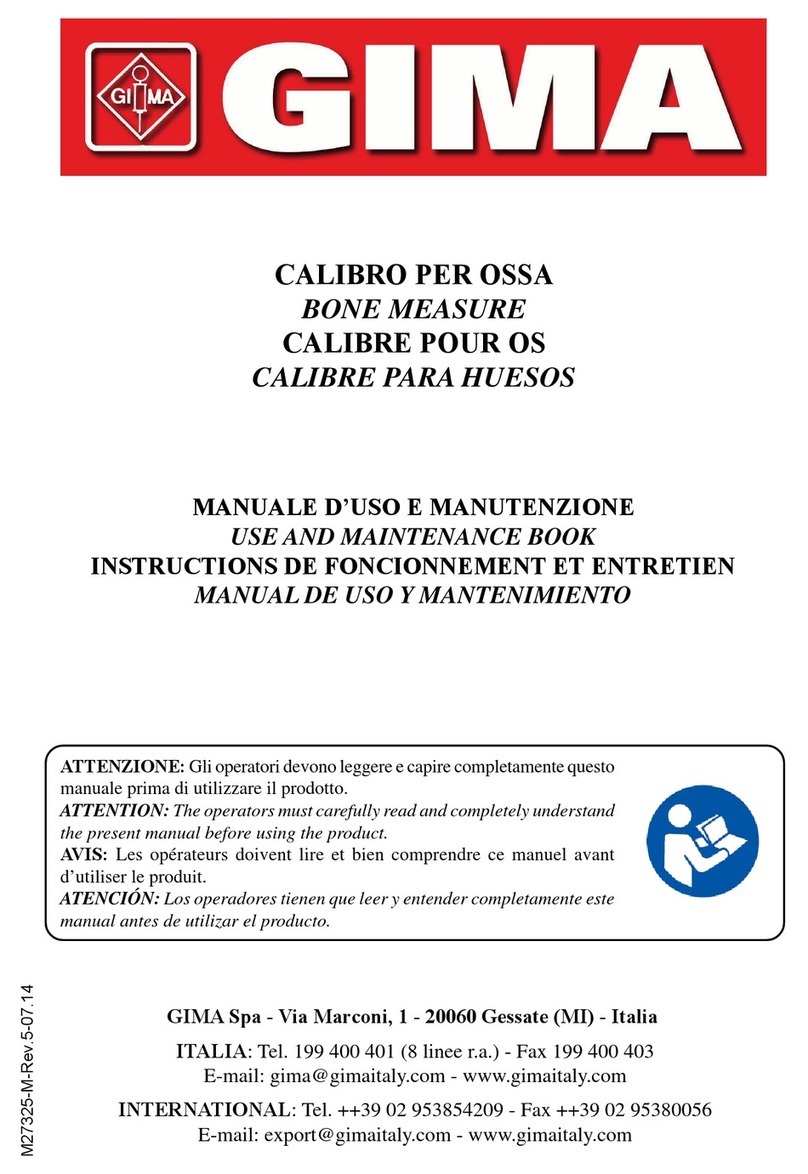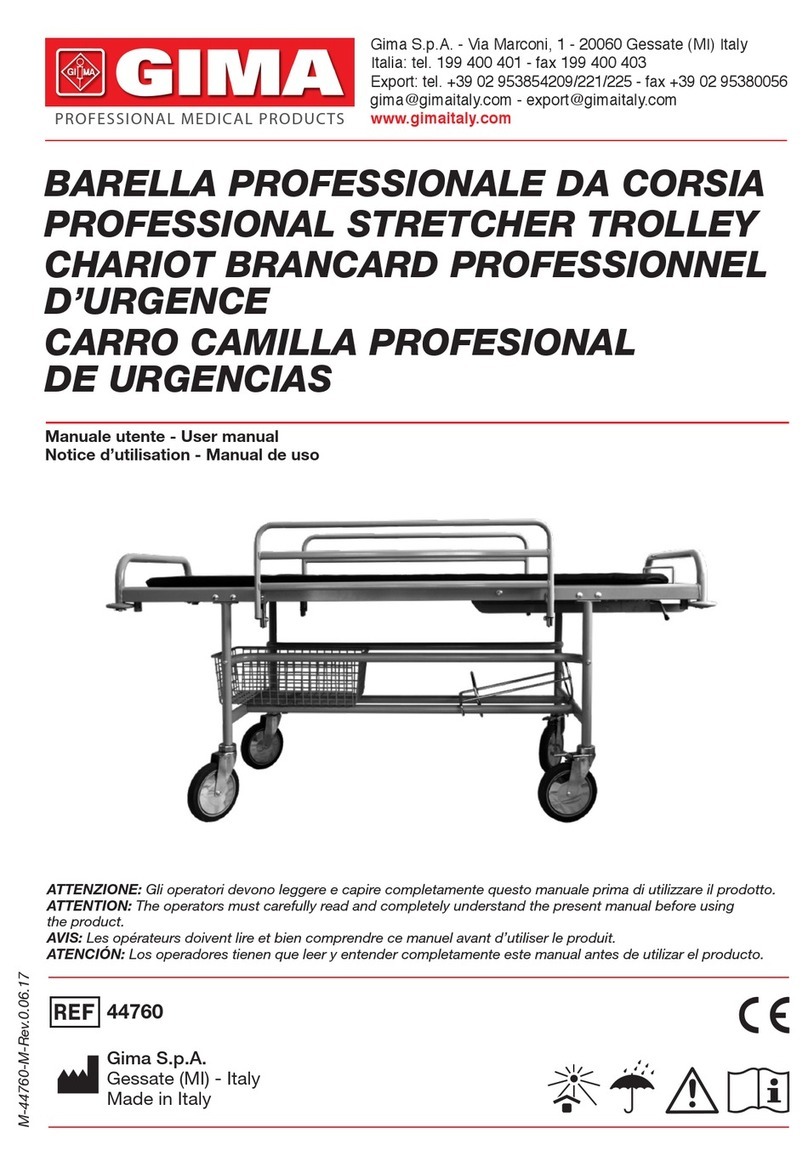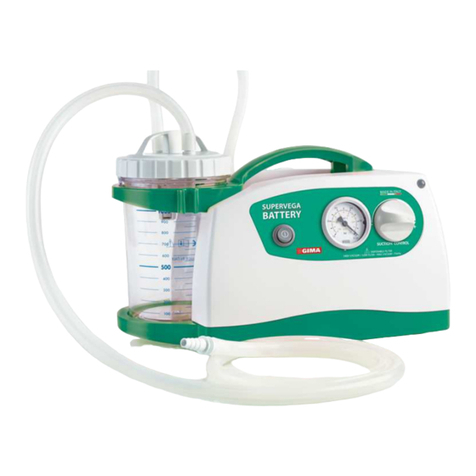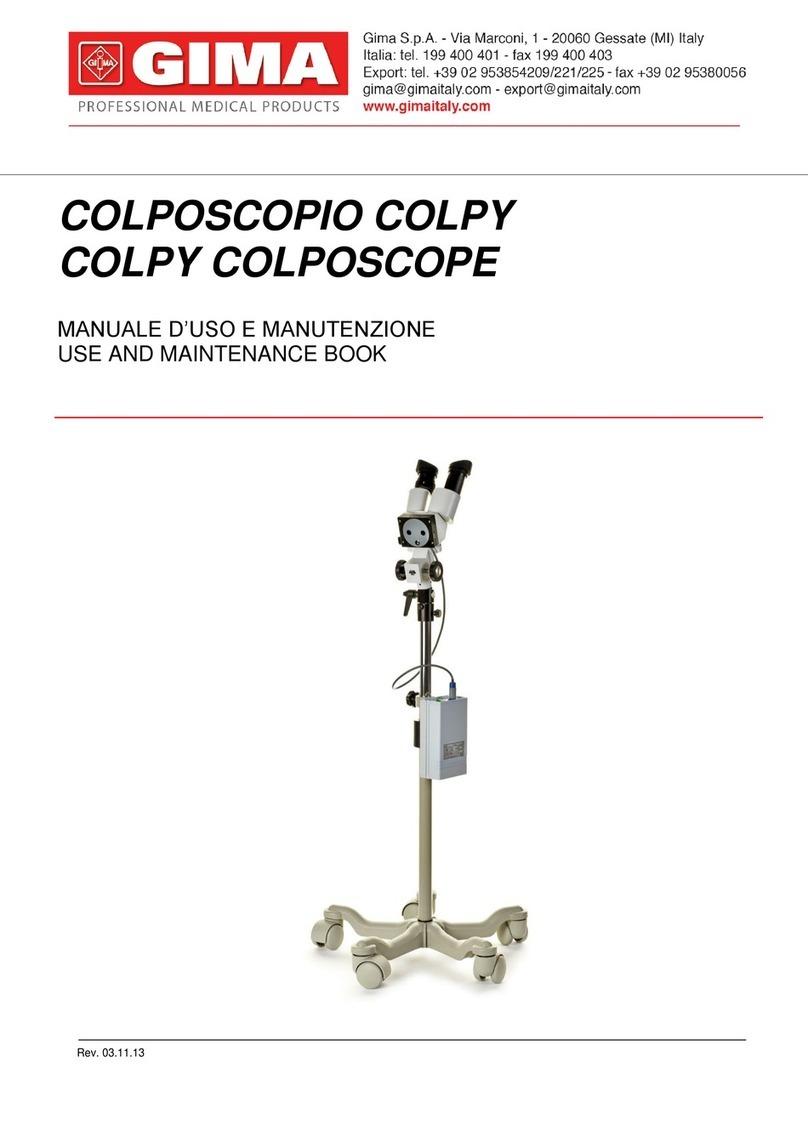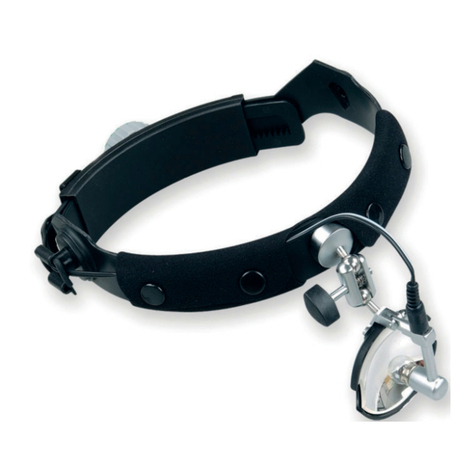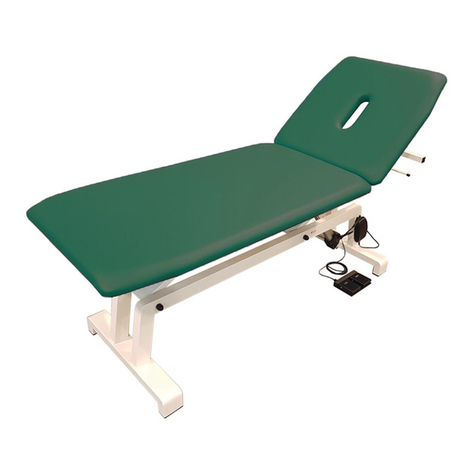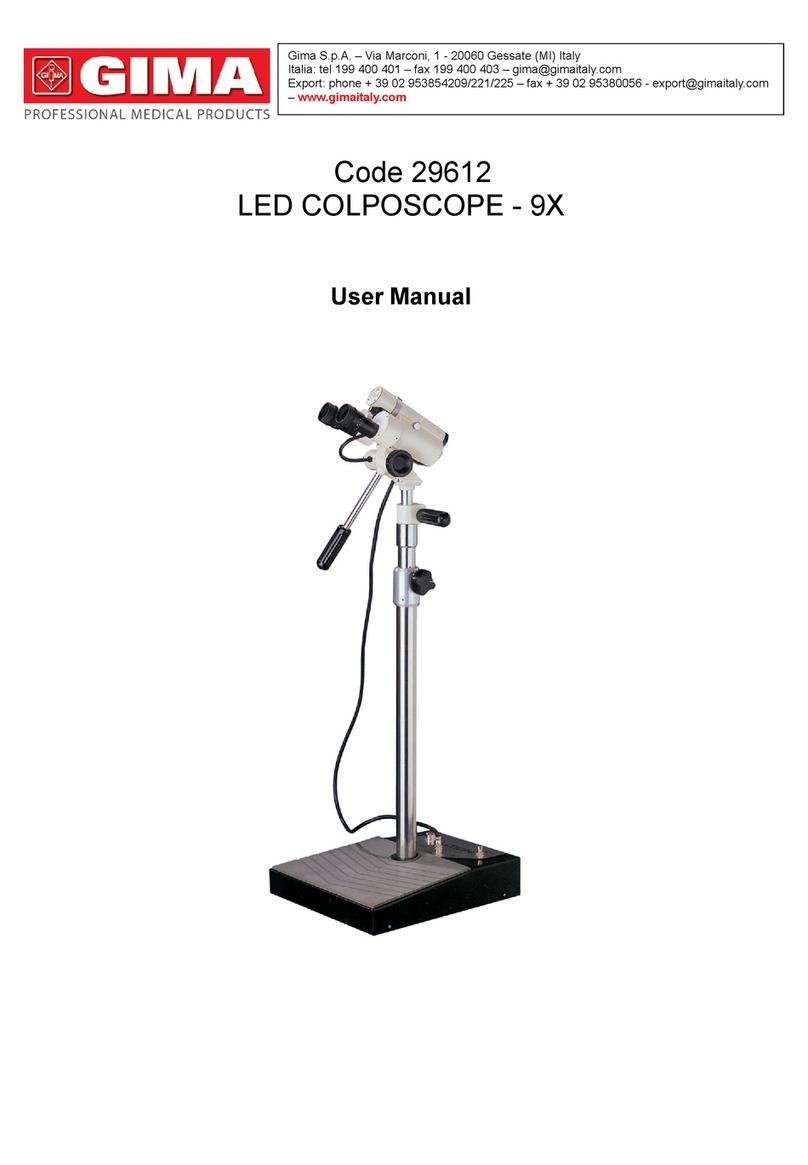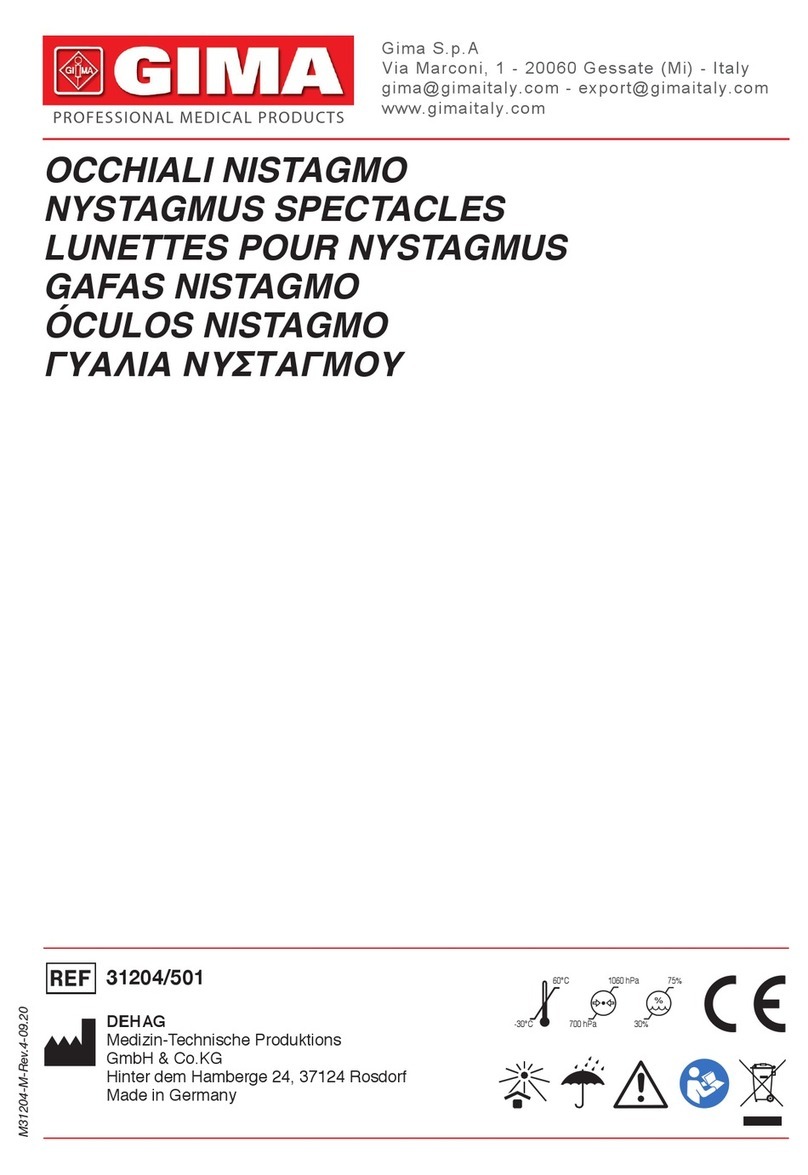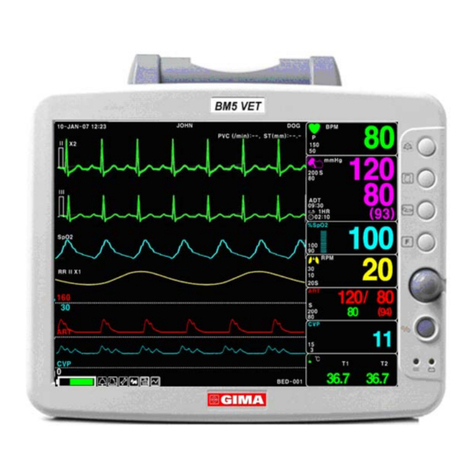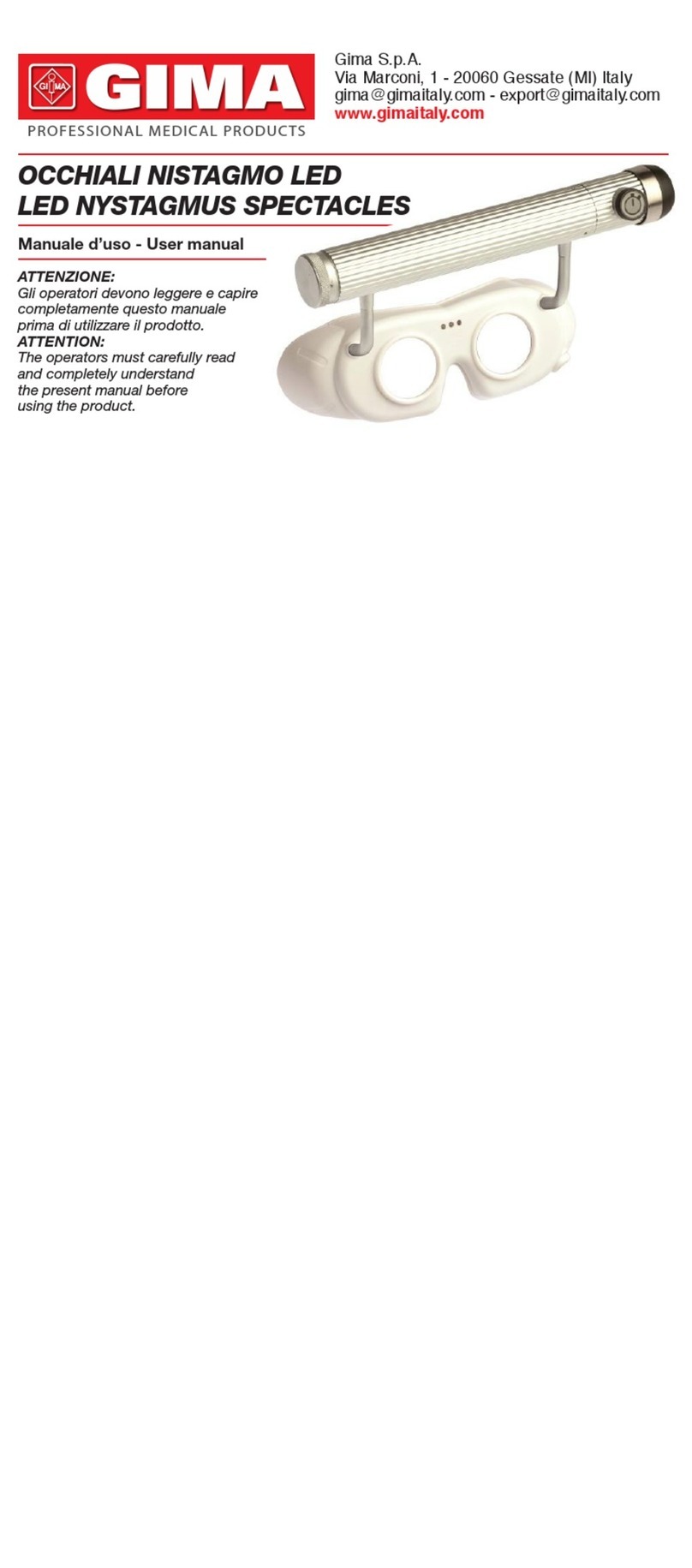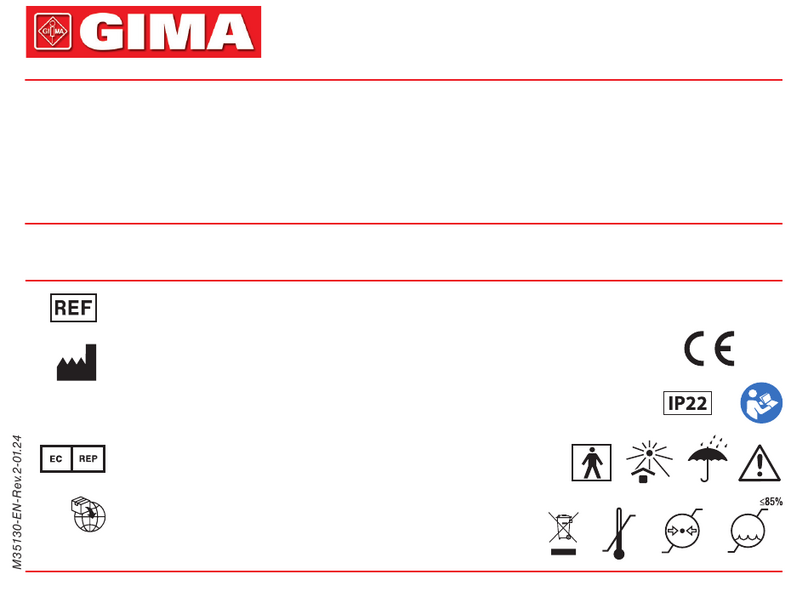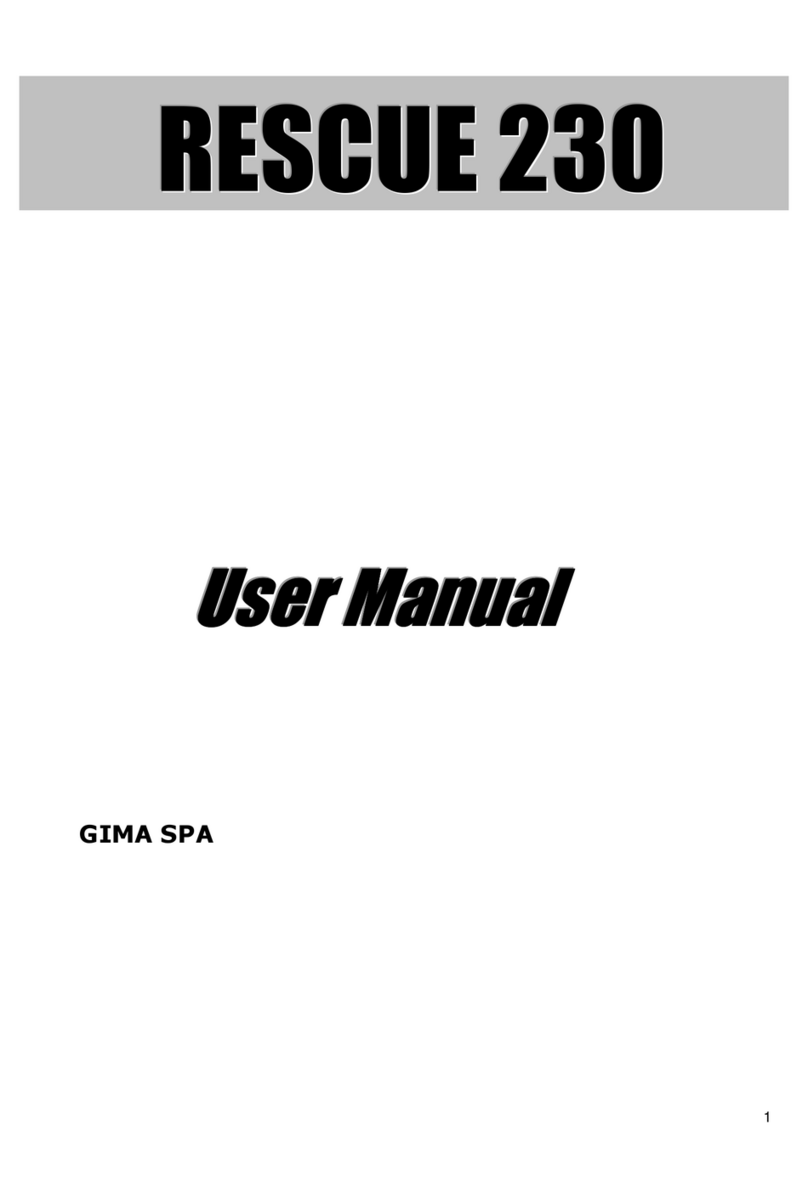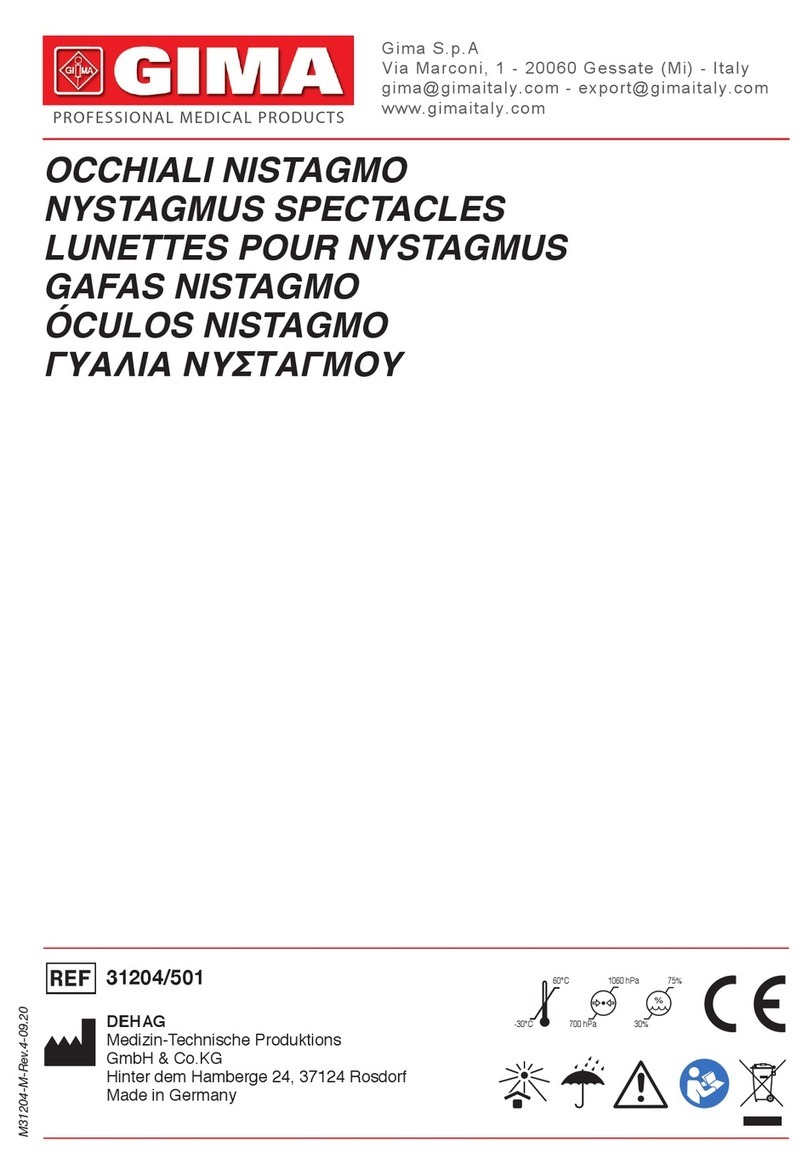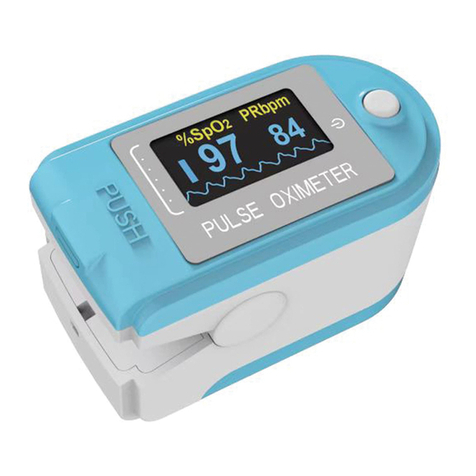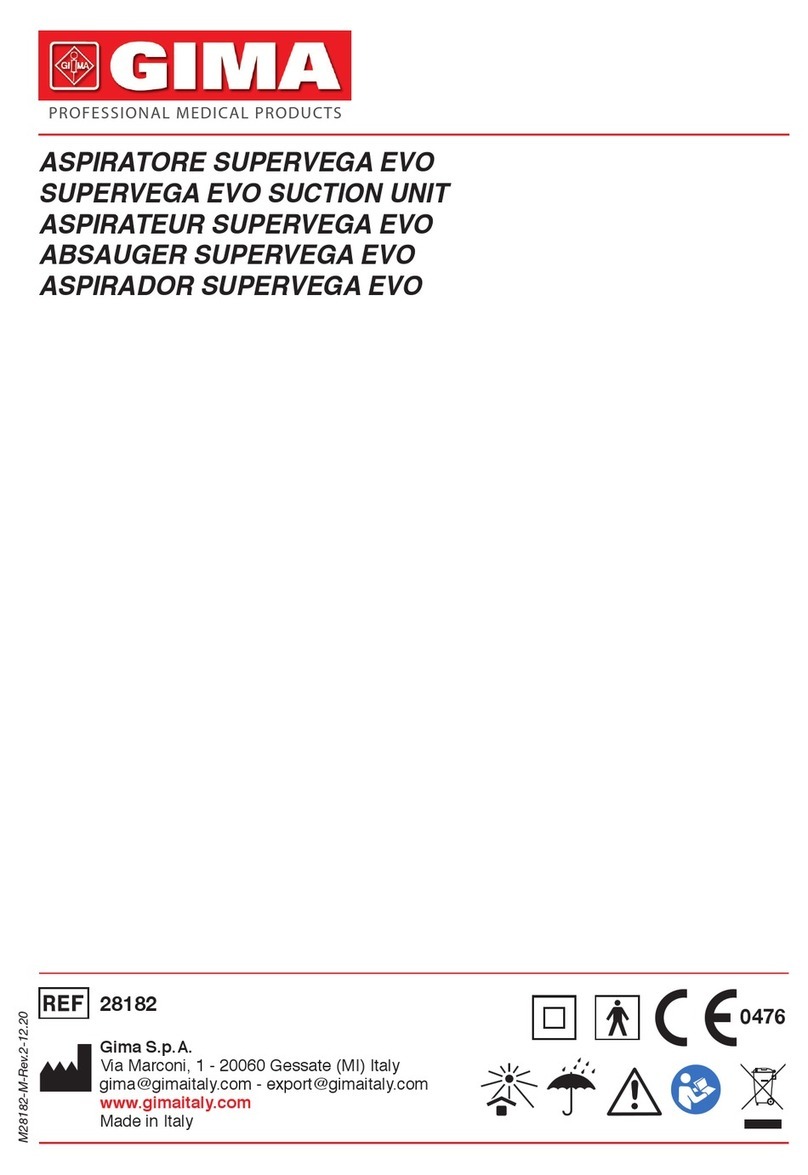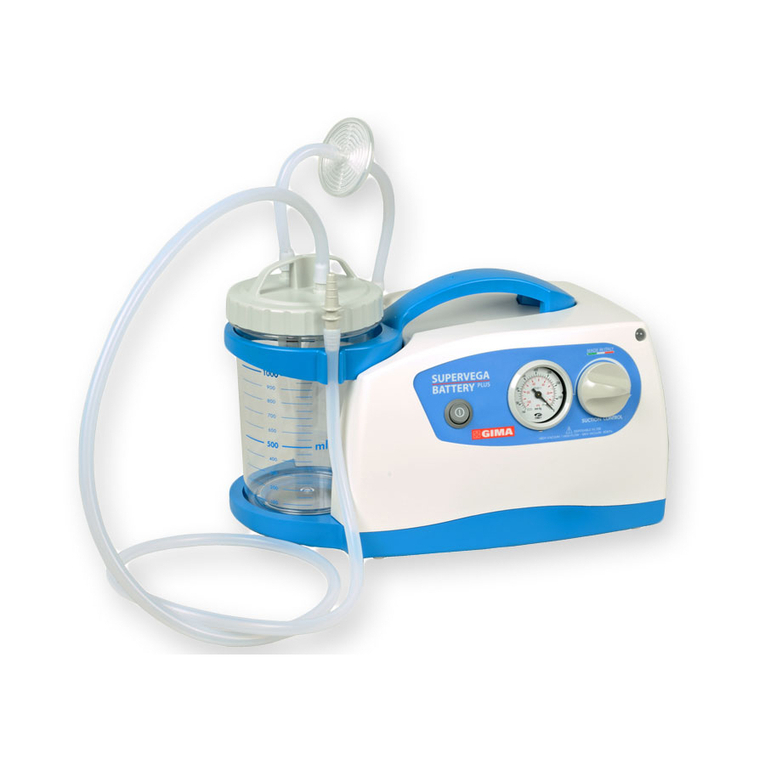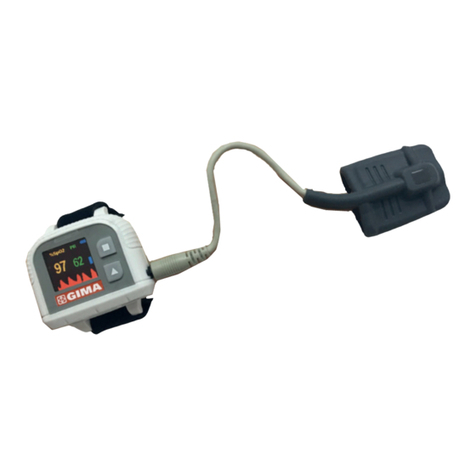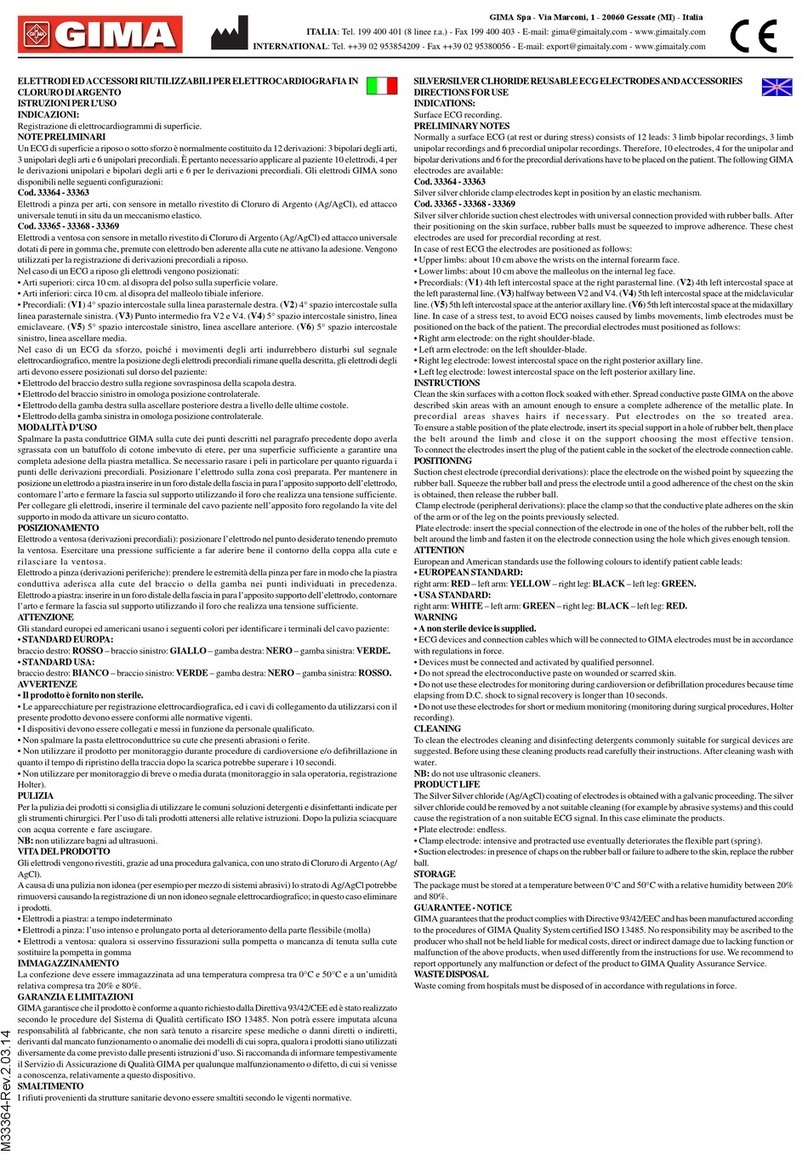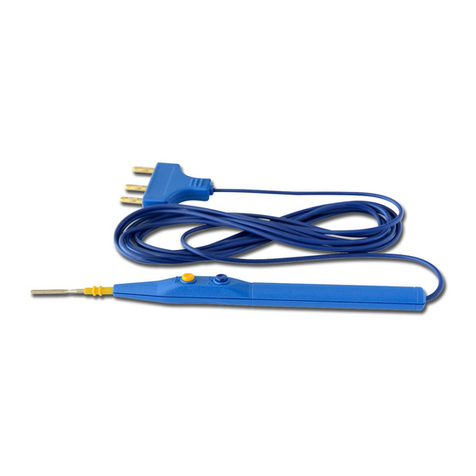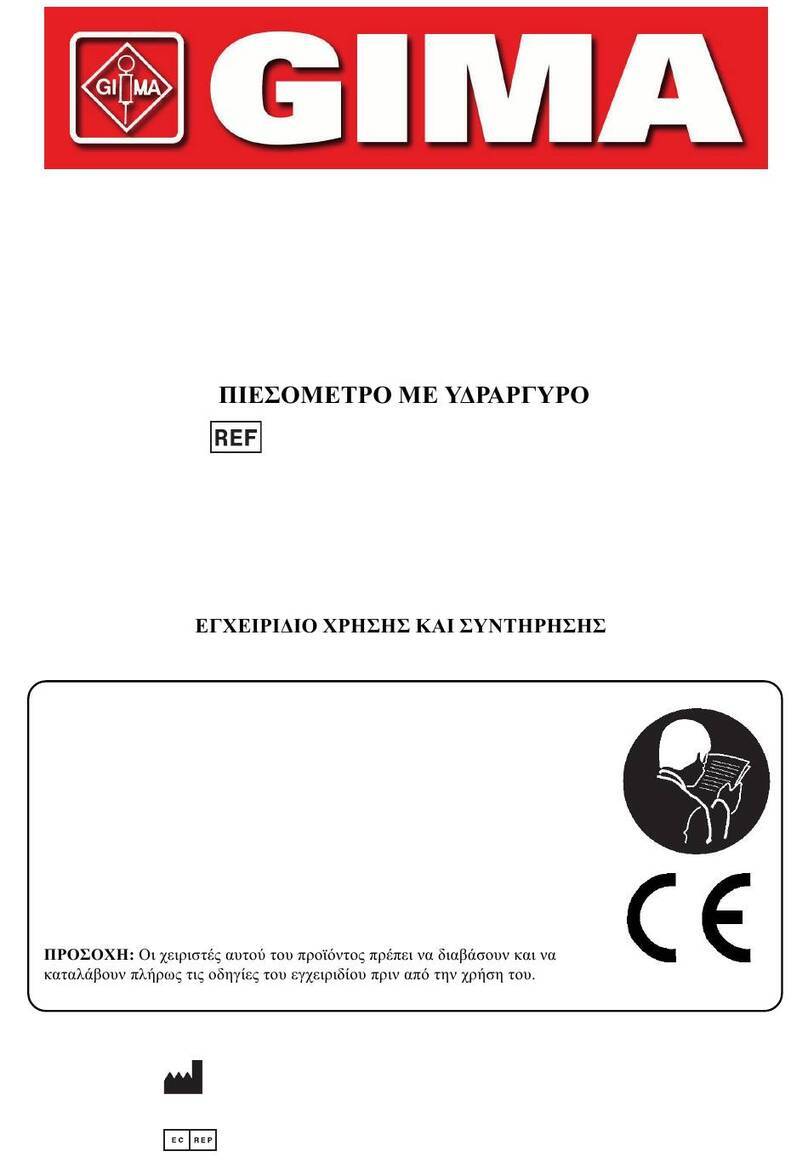
5
Table of Contents
Chapter 1 Overview ...................................................................................................................................... 7
1.1 Features .................................................................................................................................. 7
1.2 Product Name and Model....................................................................................................... 7
1.3 Intended Use .......................................................................................................................... 7
1.4 Safety...................................................................................................................................... 7
Chapter 2 Operating Principle..................................................................................................................... 8
2.1 Overall Structure..................................................................................................................... 8
2.2 Conformation.......................................................................................................................... 8
Chapter 3 Installation and Connection....................................................................................................... 9
3.1 Appearance............................................................................................................................. 9
3.1.1 Front Panel................................................................................................................... 9
3.1.2 Side Panel.................................................................................................................. 11
3.1.3 Rear Panel ................................................................................................................. 12
3.1.4 Underside of the Monitor........................................................................................... 12
3.2 Battery Installation ................................................................................................................ 13
3.3 Installation............................................................................................................................. 13
3.3.1 Opening the Package and Check.............................................................................. 13
3.3.2 Connecting the Power Supply ................................................................................... 14
3.3.3 Starting the Monitor ................................................................................................... 14
3.4 Sensor Placement and Connection ...................................................................................... 14
3.4.1 ECG Cable Connection.............................................................................................. 14
3.4.2 Blood Pressure Cuff Connection ............................................................................... 16
3.4.3 SpO2Sensor Connection .......................................................................................... 19
3.4.4 TEMP Transducer Connection ................................................................................... 20
3.4.5 Loading printer paper (if printer is installed) .............................................................. 21
Chapter 4 Operations ................................................................................................................................. 22
4.1 Initial Monitoring Screen ....................................................................................................... 22
4.2 Default Screen ...................................................................................................................... 22
4.3 Screen for Real-time ECG waveform Only ........................................................................... 25
4.4 Screen Display for ECG Waveform Recall ............................................................................ 25
4.5 NIBP List Screen................................................................................................................... 27
4.6 SpO2Data List Screen ......................................................................................................... 27
4.7 Alarm Event List Screen........................................................................................................ 28
4.8 Trend Graph Display (for SpO2Option) ................................................................................ 28
4.9 Setup Menu Screen .............................................................................................................. 29
4.9.1 ECG Setup ................................................................................................................. 30
4.9.2 SpO2Setup ............................................................................................................... 31
4.9.3 NIBP Setup ................................................................................................................ 32
4.9.4 TEMP Setup............................................................................................................... 34
4.9.5 Hemostat Setup (Optional) ........................................................................................ 34
4.9.6 Patient Info................................................................................................................. 35
4.9.7 Date/Time Setup........................................................................................................ 36
4.9.8 Nurse Call Setup........................................................................................................ 36
4.9.9 Network Setup (Optional)........................................................................................... 37
4.9.10 System Setup........................................................................................................... 37
4.9.11 Reset to Factory Default Settings............................................................................ 38
4.9.12 About ....................................................................................................................... 38
4.10 Alarm Settings .................................................................................................................... 38
4.11 Data Uploading................................................................................................................... 39
Chapter 5 Alarms........................................................................................................................................ 39
5.1 Alarm Priority ........................................................................................................................ 39
5.2 Alarm Signal Generation ....................................................................................................... 40
5.3 Alarm Reset and Silence....................................................................................................... 40
5.4 Alarm Settings ...................................................................................................................... 40
5.5 Verifying Alarm Function ....................................................................................................... 41
Chapter 6 Technical Specifications .......................................................................................................... 41
6.1 ECG Monitoring .................................................................................................................... 41
6.2 TEMP Monitoring.................................................................................................................. 42
6.3 NIBP Monitoring ................................................................................................................... 42
